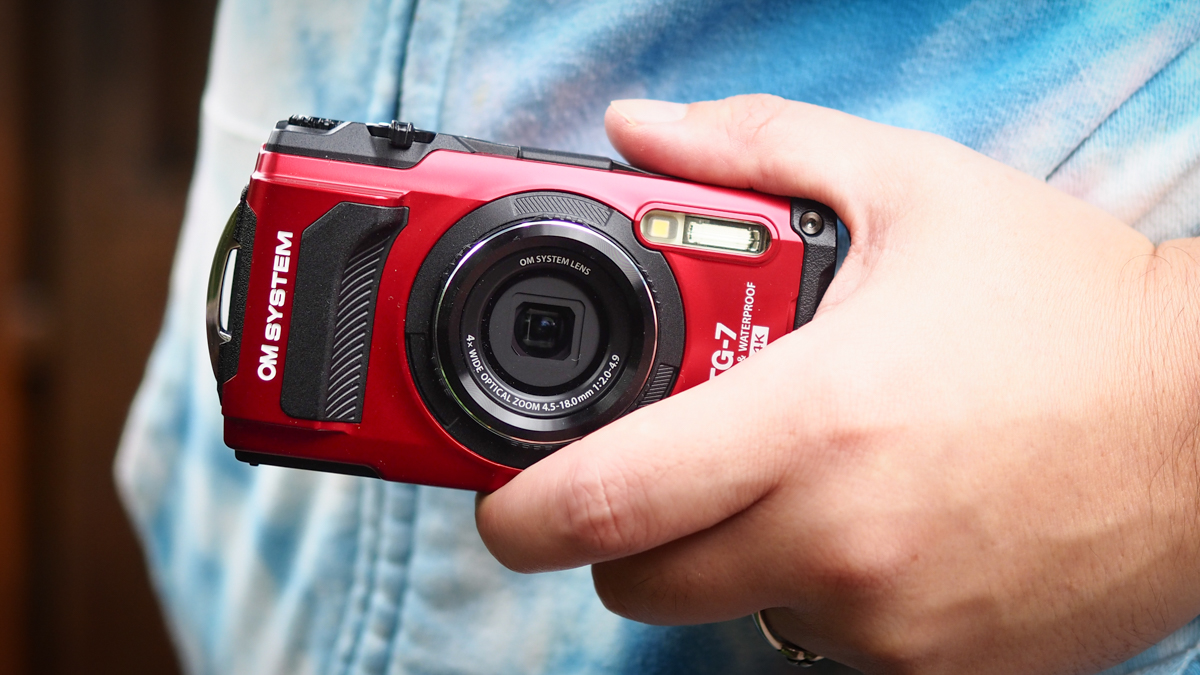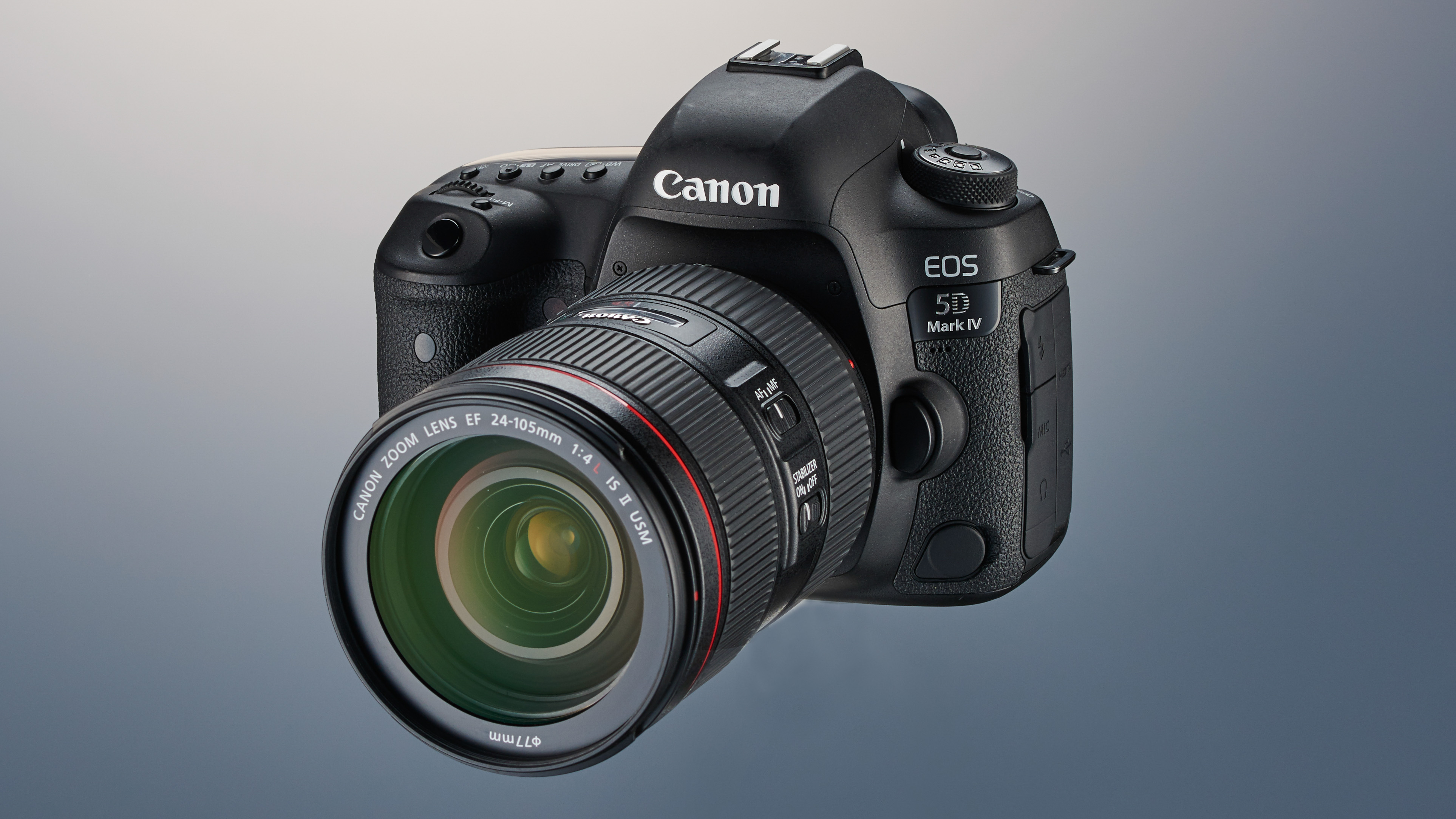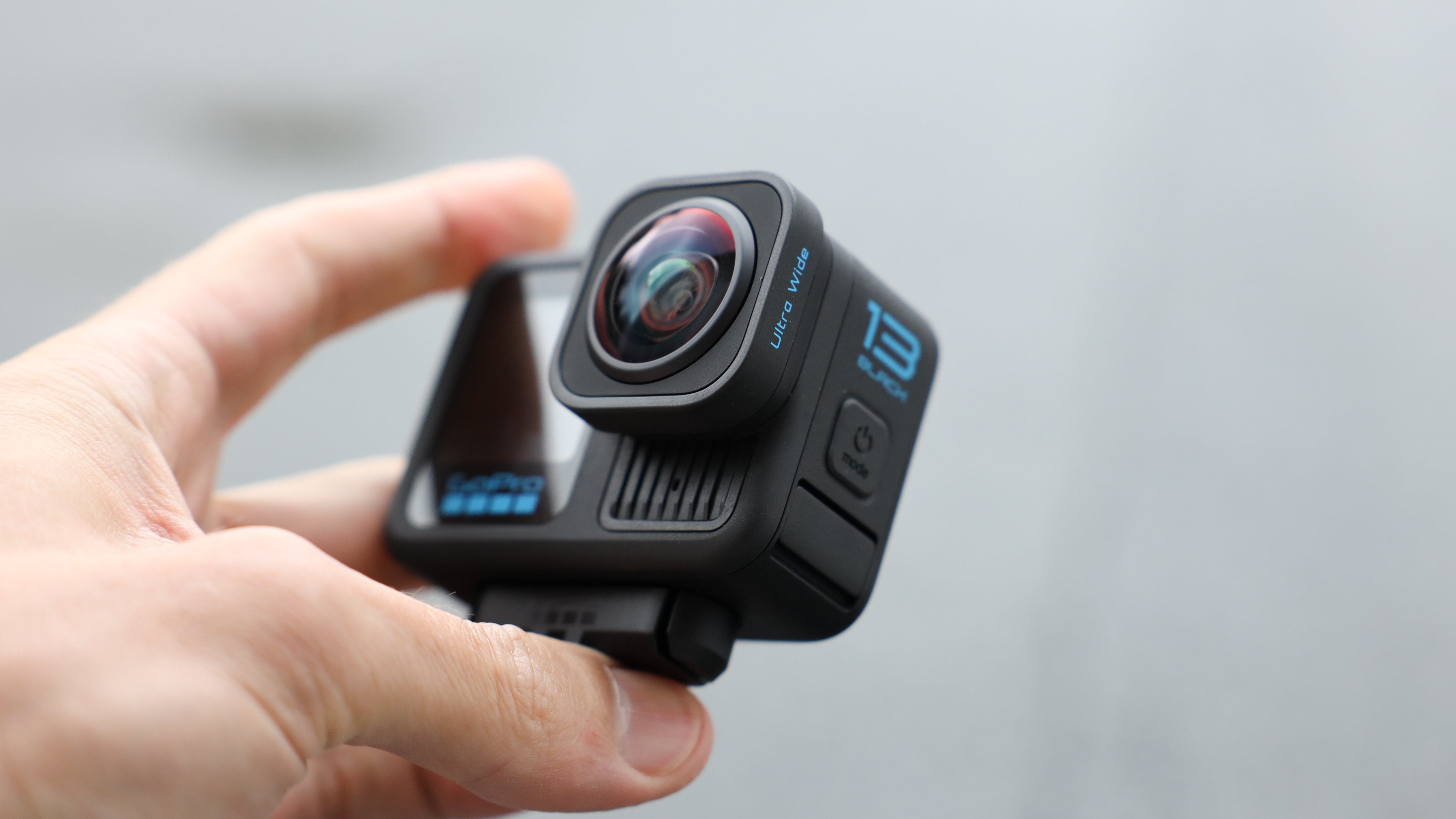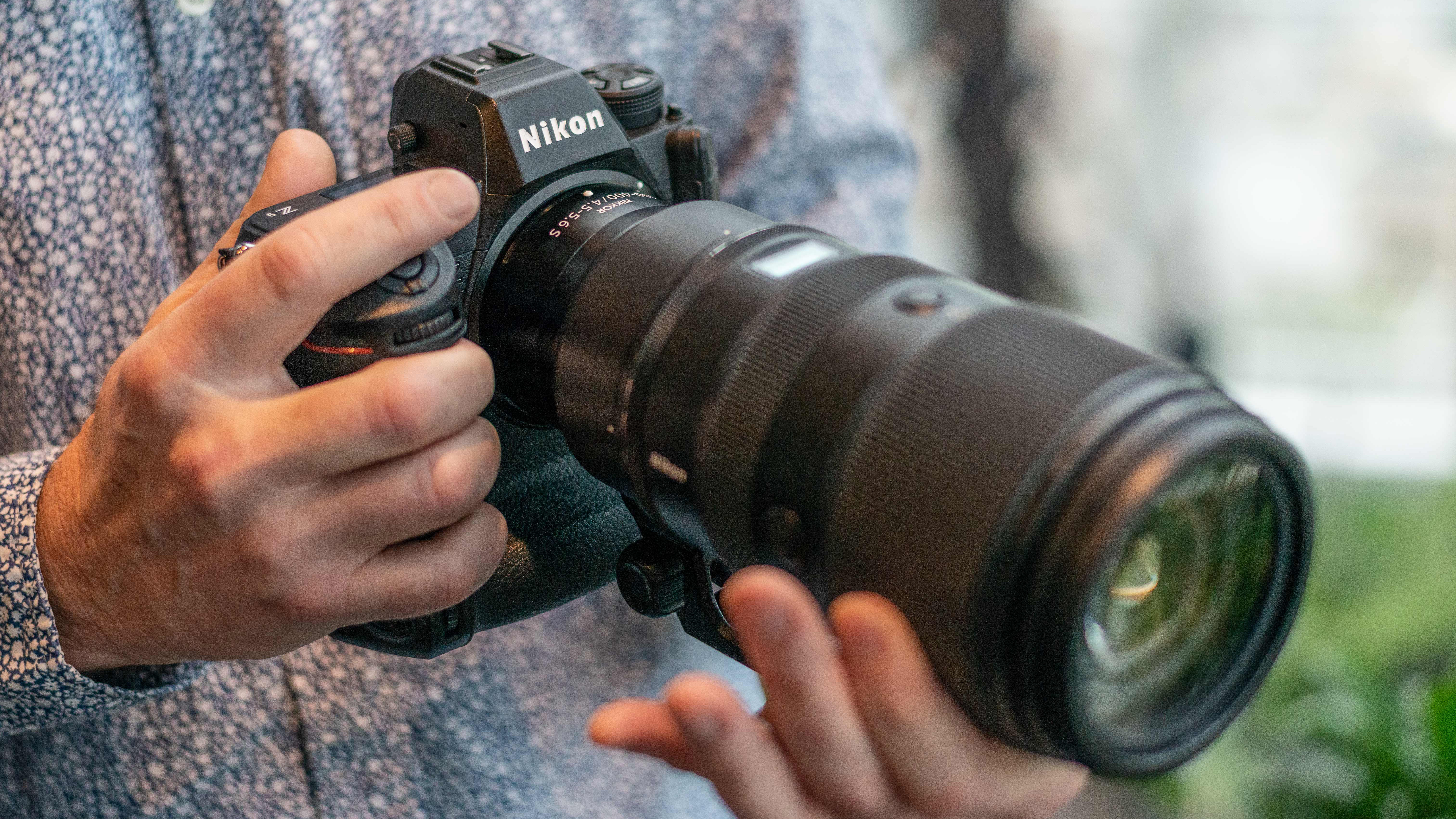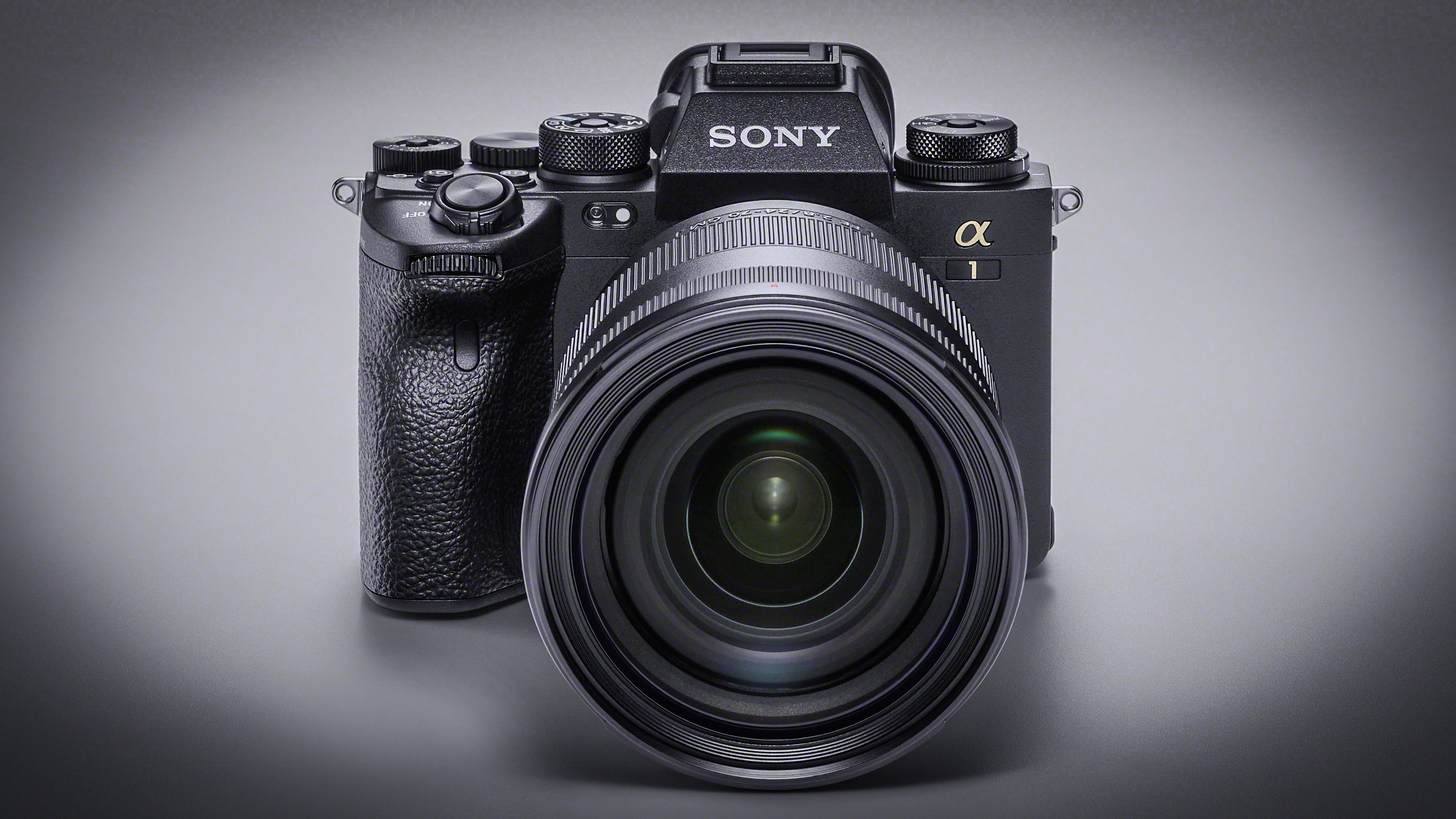Best camera with GPS: geotag photos and videos with these GPS cameras
The best cameras with GPS built-in enable you to record the exact location where your photos and videos were taken
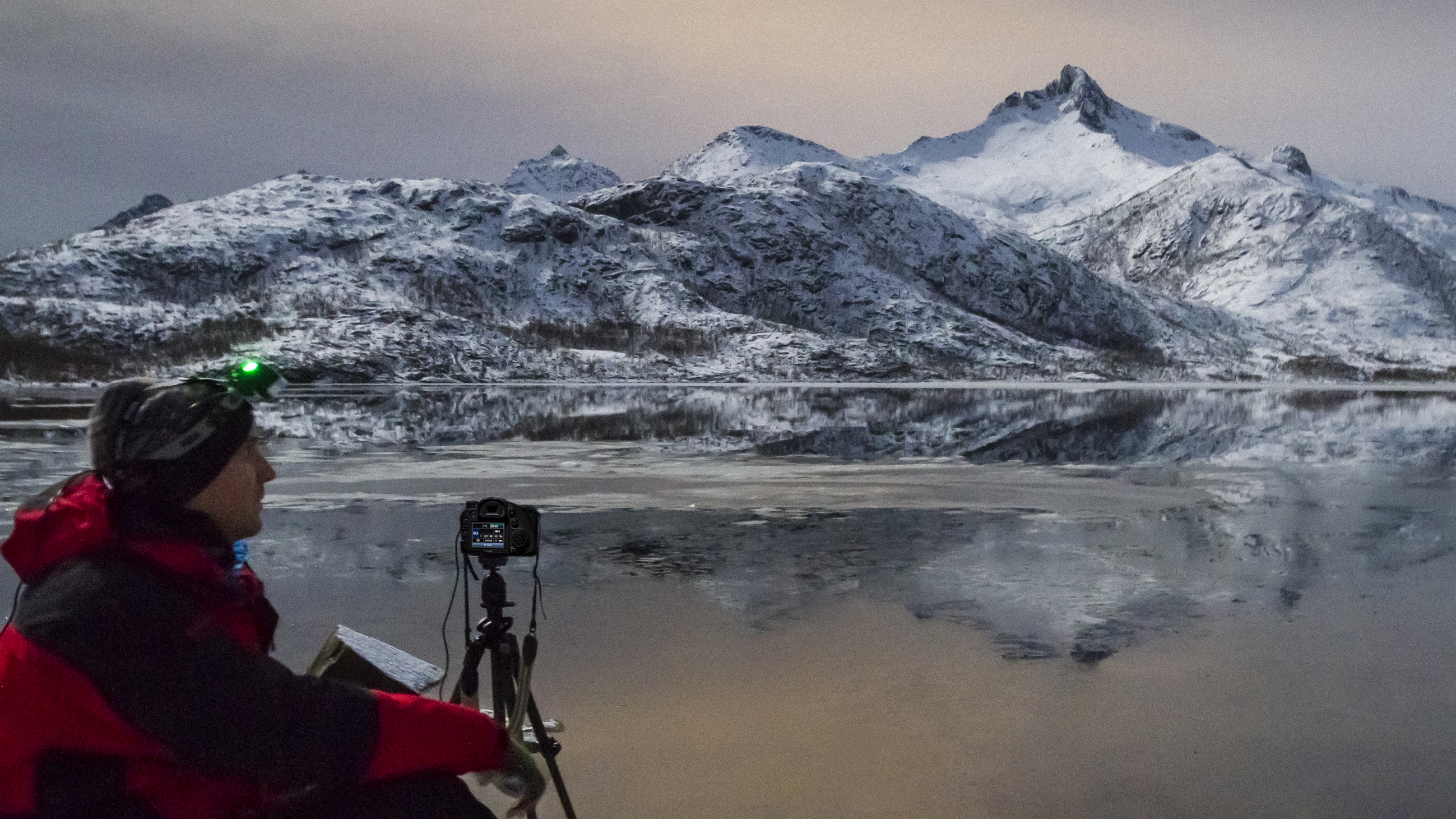
The best cameras with GPS aren’t as common as they once were – but if you want to record the exact location of where your images were taken, you do have options. Certain cameras feature built-in GPS modules, which will record the location information of your images into the EXIF data.
The reason GPS modules are becoming less common is because more modern cameras are relying on smartphone connectivity instead to record GPS data. As this can be fiddly to set up and isn’t always practical, I’ve kept this guide to only cameras that have GPS capability built in. All of the cameras on this list have been tested and rated by our review team (a fair few by yours truly!) and I’ve used these findings to tailor my recommendations.
GPS tends to be a feature of the best professional cameras, but also does crop up in cameras designed for travel and holidays, which tend to be much more affordable. I’ve included all types here, so there should be a GPS-equipped camera here for you no matter your budget.

The Editor of Digital Camera World, James has 21 years experience as a journalist and started working in the photographic industry in 2014. As one of DCW's principal testers, he has a thorough and detailed knowledge of the cameras selected for this guide.
The quick list
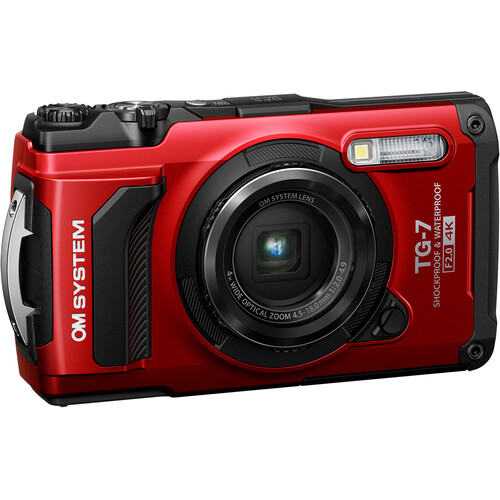
This waterproof compact features GPS as part of a Field Sensor system. Excellent for travel and holidays, its price and usability make it the best option for most people.
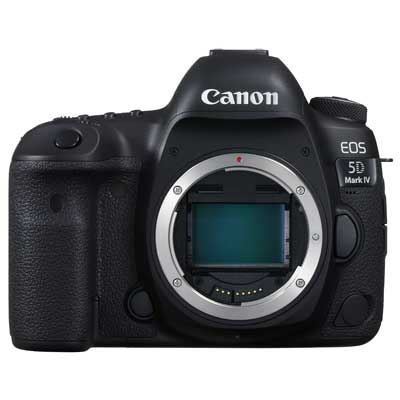
A full-frame workhorse that has stood the test of time, the EOS 5D Mark IV delivers sublime image quality and benefits from one of the most extensive lens systems in the business.
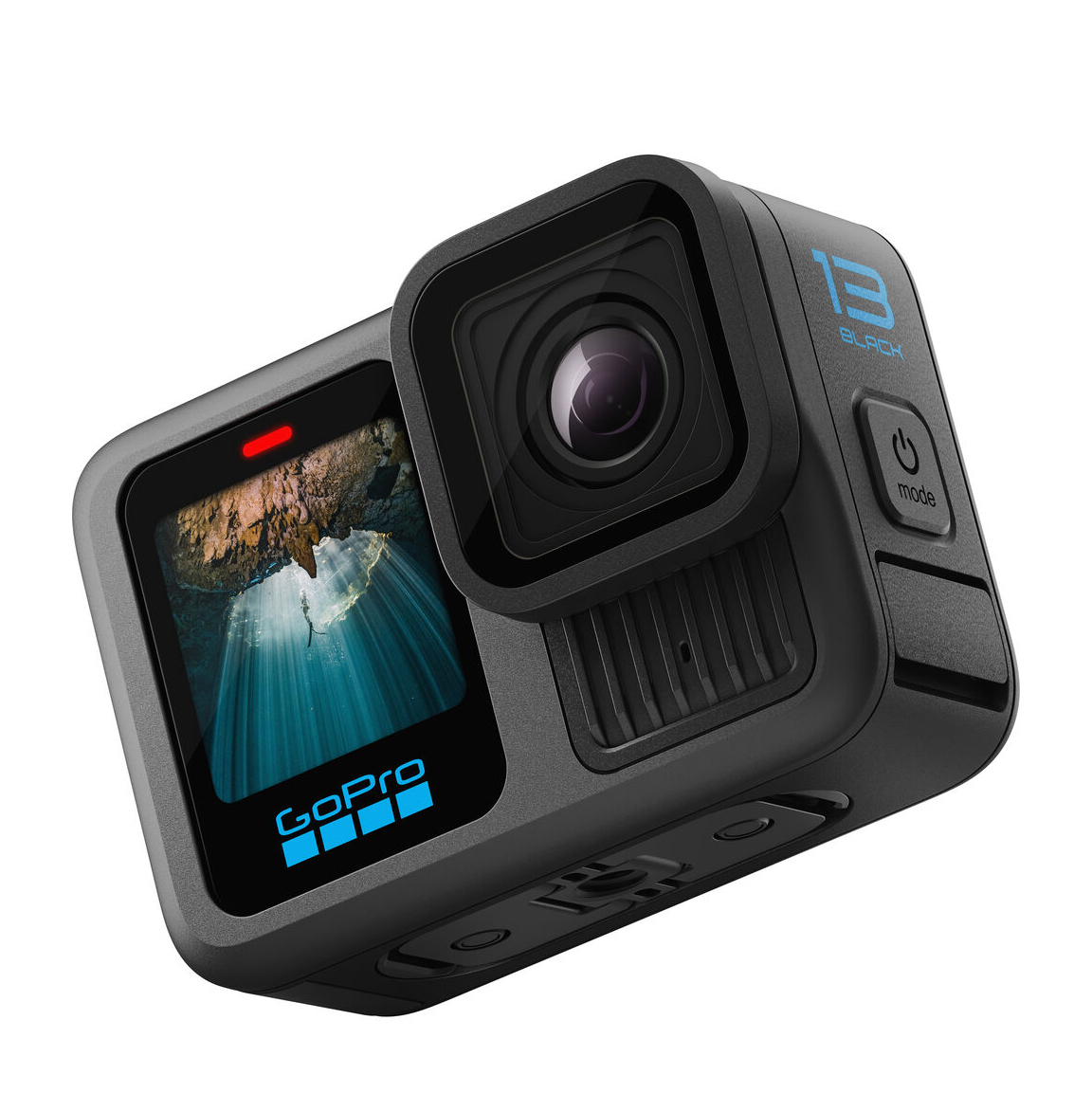
GPS is back! After the weird decision to omit GPS from the HERO12, GoPro corrects itself and brings it back for the newest and best action camera in the lineup.
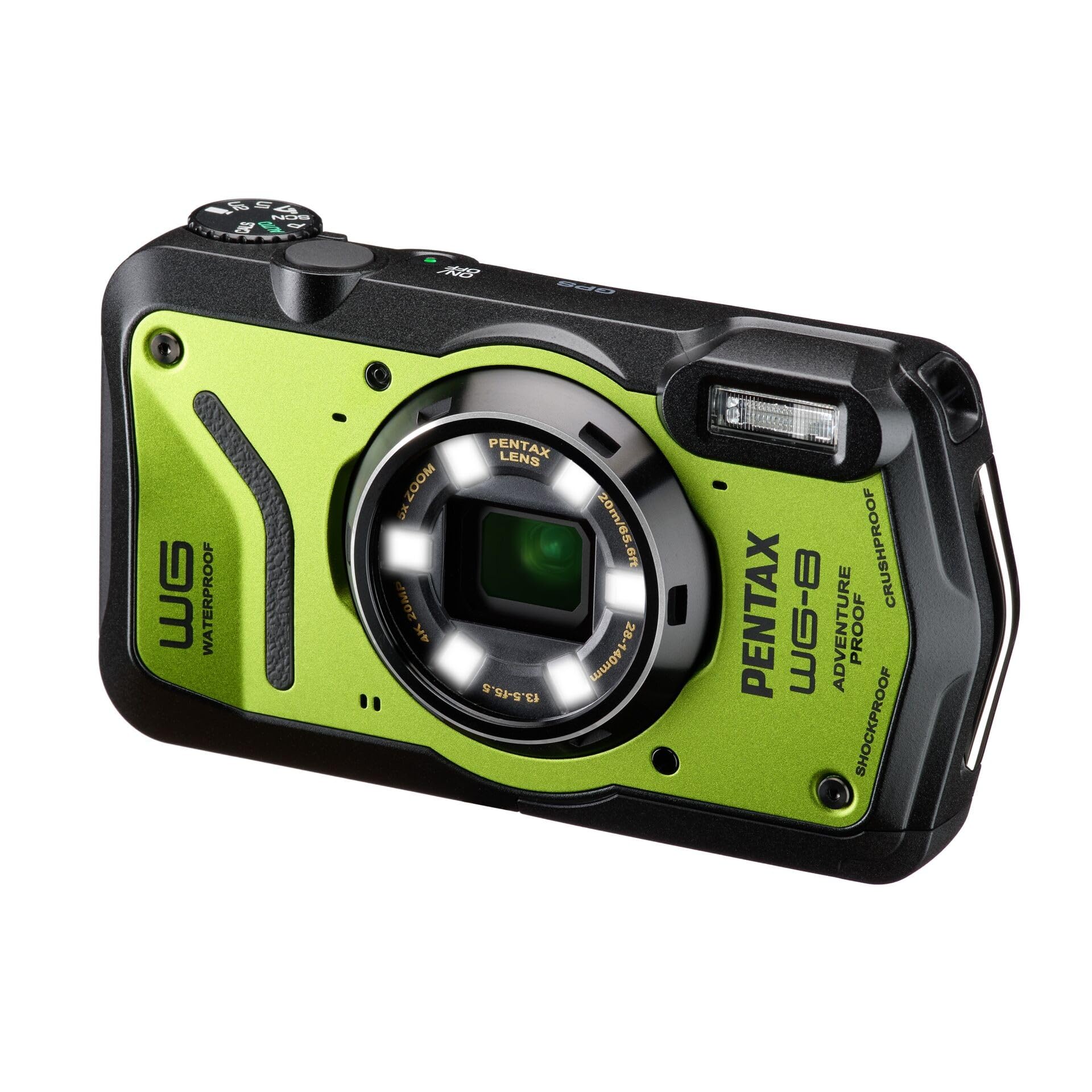
While its image quality is nothing special, the waterproof Pentax WG-8 is one of the cheapest GPS-equipped cameras around, making it potentially a solid budget alternative to the OM System Tough TG-7.
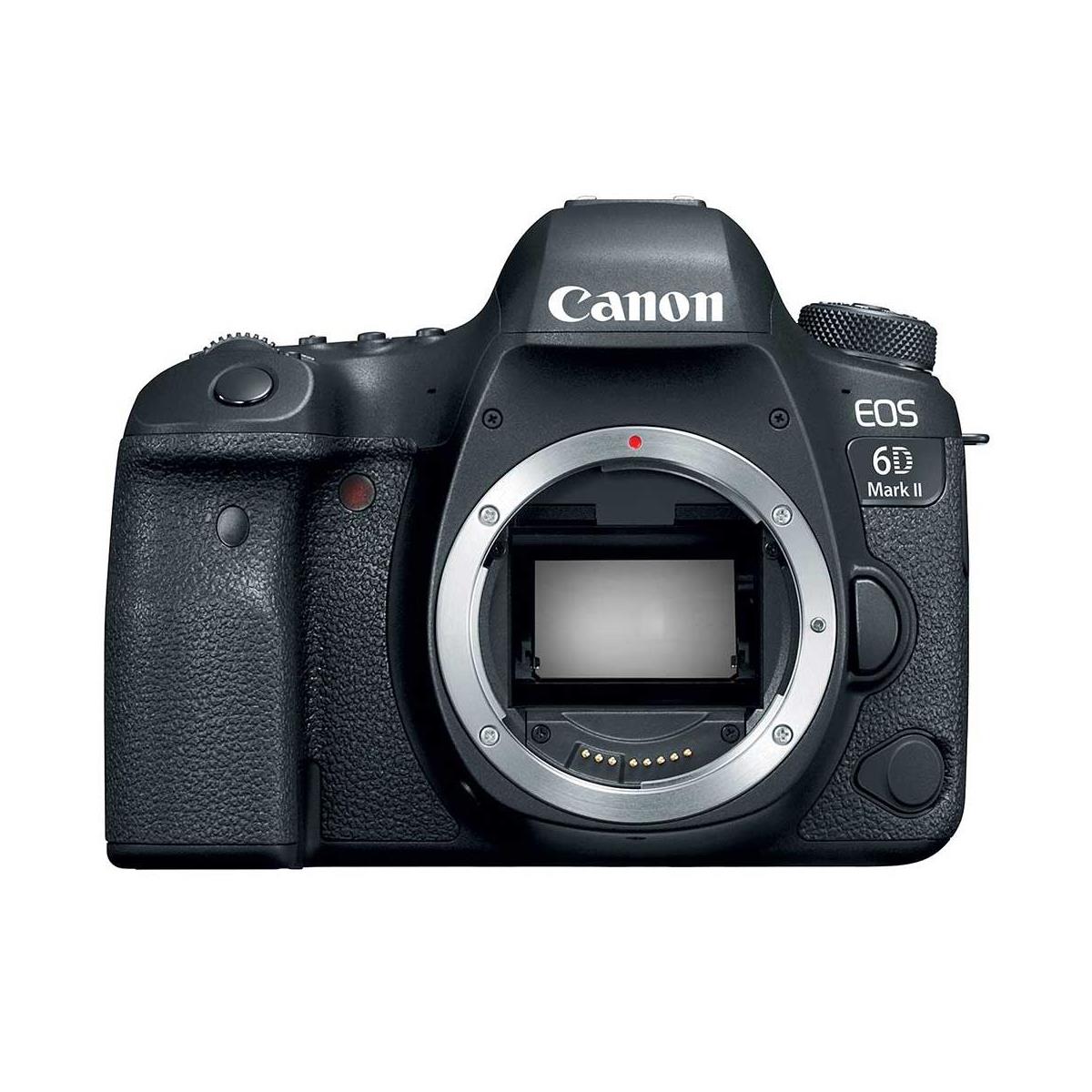
Though it's a few years old, the full-frame EOS 6D Mark II still delivers impressive horsepower – and offers great value for money, particularly if you buy second-hand.
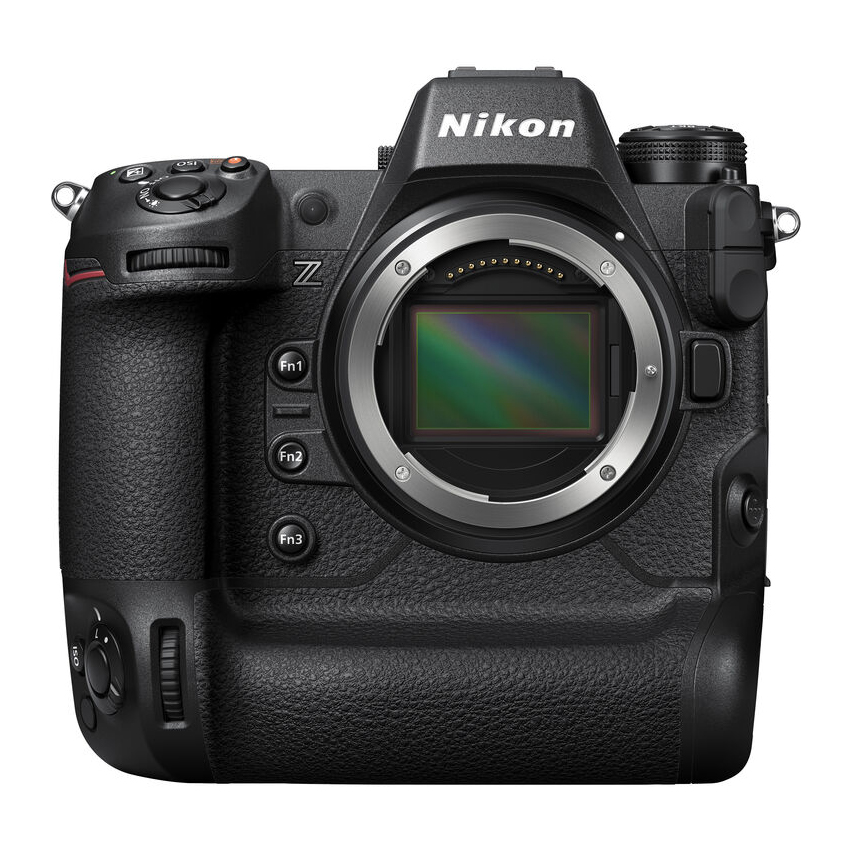
The pro-level (and pro-priced) Nikon Z9 certainly won't be for everyone, but it's one of the best photo/video hybrid cameras ever made. That's just a fact.
See more products
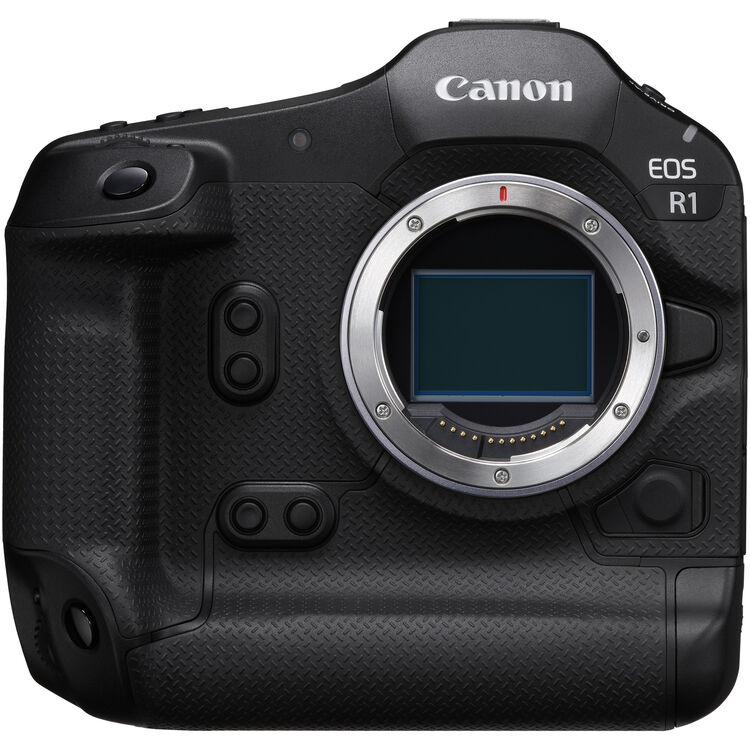
Canon’s sporting superstar, the EOS R1 boasts next-generation AI features such as in-camera upscaling and intelligent autofocus, as well as – of course – the ability to GPS-tag your images.
The best cameras with GPS in 2025
Why you can trust Digital Camera World
Best camera with GPS overall
Specifications
Reasons to buy
Reasons to avoid
The OM System Tough TG-7 is one of the hardiest cameras around. Waterproof, shockproof, freezeproof and crushproof, it's designed to be able to take a pounding and keep on shooting. The seventh iteration in the TG series (formerly under the stewardship of Olympus, now OM System), it offers GPS as part of its full Field Sensor System, which also record things like temperature, altitude, water depth and filming direction. In terms of GPS tracking and logging functionality, it's pretty much unparalleled in the camera world.
In our review, the TG-7 impressed. It's not much of an improvement over the TG-6 – in fact, cynics might say it's not much of a change at all (it does add vertical video, at least). But the TG-6 was the best tough waterproof compact on the market, and the TG-7 retains that crown. With an optical zoom and an array of shooting modes, it's hugely versatile, and that waterproofing is second to none. Our reviewer kept his TG-7 immersed in a glass of water while writing his review, just to make the point, and it came up absolutely fine. For geotagging adventures, this hardy compact is realistically going to suit the majority of users, and that's why it's our top pick for this guide.
Best DSLR with GPS
Specifications
Reasons to buy
Reasons to avoid
This camera has been trusted by enthusiasts and pros alike for years, and is still one of the most popular cameras on the market. Its 30.4MP sensor delivers crisp image quality with good noise control and dynamic range performance. The build, handling and ergonomics are great, bolstered by the weather sealing that makes this a camera that's instinctive to use even in challenging conditions. The 4K video is subject to a 1.64x crop, however, which can make it tough to get suitably wide-angle shots. It's also worth noting that the rear screen is fixed – not fully articulating nor even tilting, which can be annoying for those who prefer shooting in Live View.
Overall, though, the 5D Mark IV packs all the power of the mirrorless Canon EOS R but with the benefit of dual memory card slots – and, of course, a built-in GPS. It's also a more realistic option for most than the cutting-edge Canon EOS R3 – a mirrorless camera that does have GPS, but is priced to the point where it's realistically only an option for full-time photo pros. The EOS 5D Mark IV is a camera that's going to suit a broader range of users, and as such, it makes our list as one of the best interchangeable-lens cameras with GPS you can buy.
Read our full Canon EOS 5D IV review
Best action camera with GPS
Specifications
Reasons to buy
Reasons to avoid
GoPro caused a big fuss – probably bigger than they expected – with the decision to omit GPS from the HERO12 Black, after it had been featured on every entry in the series since the Hero 5. They explained to us at the time that it was a decision taken to improve the camera’s battery life by removing a feature that not many people were using anyway – but clearly they subsequently felt this to be a misjudgement, because when the Hero13 Black arrived, GPS was back, as though it had never left.
A good decision. More battery life is always nice, but considering that GoPros are so often used for travel, adventure and once-in-a-lifetime experiences, being able to geotag your images and videos just makes so much sense, arguably more than it does with a standard day-to-day camera.
So what else is new with the Hero13 Black? It’s all about the lenses. The sensor is pretty much the same as in the previous two generations – able to shoot 5.3K video in an 8:7 aspect ratio that makes it very tolerant to cropping into different formats, meaning you can easily share great-looking content to both TikTok and YouTube. The new HB Series lenses, however, are a different story. They only work with the 13 series, and allow you to radically alter your perspective. It gives you so much more versatility – our reviewer’s conclusion was that these lenses do more than anything else to assure GoPro’s status as the future of action cameras.
Of course, they cost money. Everything does, naturally, but equipping your GoPro Hero13 Black with all the new stuff GoPro are offering, and taking out a subscription, too, will set you back a considerable chunk of change.
Read our full GoPro HERO13 Black review
GoPro Subscription explained: what you get, and is it worth it
Best compact with GPS
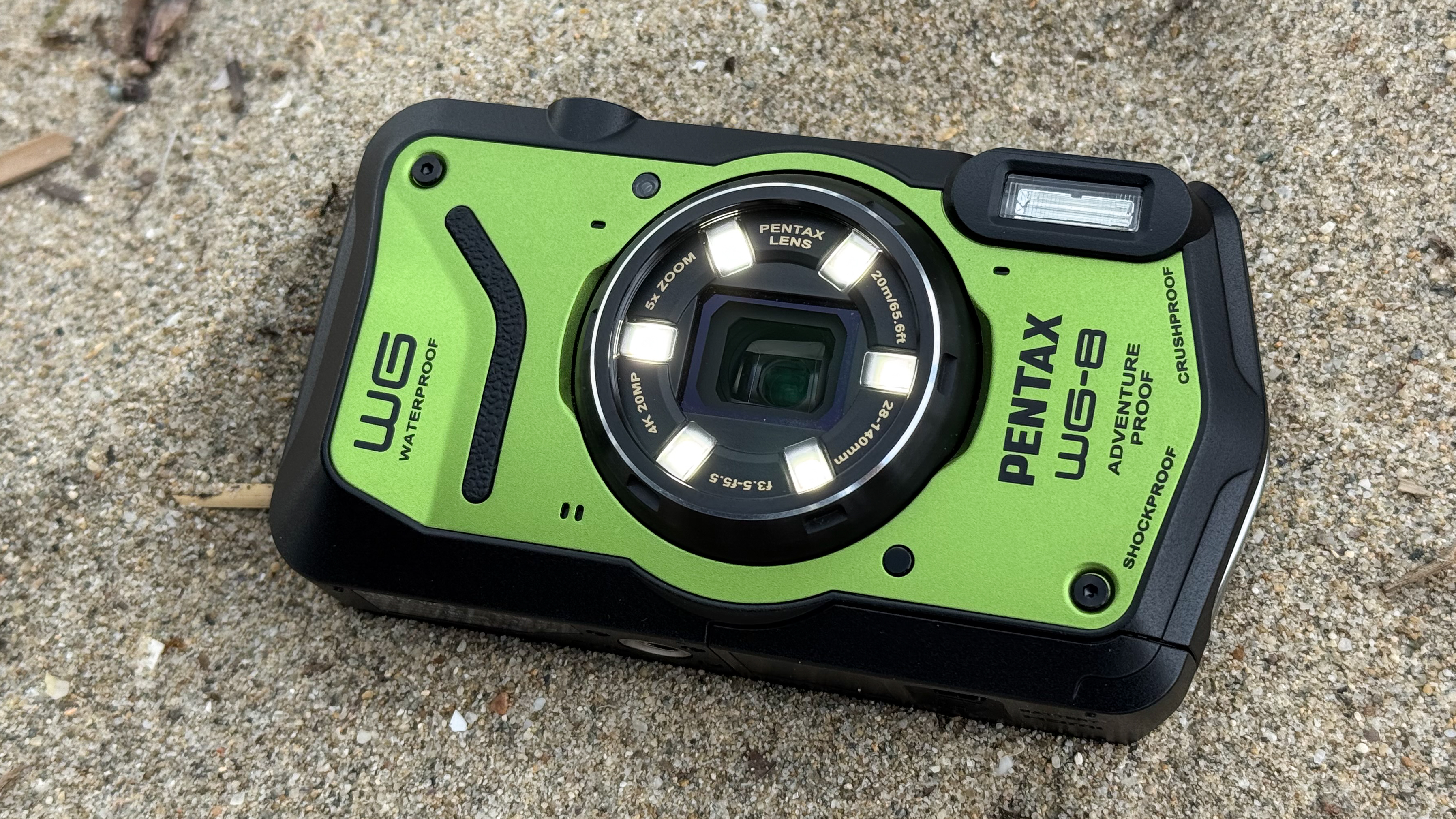
Specifications
Reasons to buy
Reasons to avoid
Like the OM System Tough TG-7, the Pentax WG-8 is a tough compact. This means that if you're willing to accept fairly middling image quality from a 1/2.3-inch sensor, you get the advantage of a camera that's basically everything-proof. Waterproof to depths of 20m for up to two hours; dustproof with a PX6 or JIS Class 6 rating; freezeproof down to -10C (14F); drop-proof from heights of up to 2.1m; crushproof to 100kgf (kilogram force). You'd have to actually put in some effort to break it.
These types of cameras tend to be designed for travel and holidays – and so the WG-8, like the TG-7, is equipped with GPS. It allows you to record geographical position and travel log data with your image files, and even imprint the data onto the image itself if so desired. In other respects, the WG-8 is a fairly average camera – with 20MP crammed onto its small sensor, image noise can easily become a problem as soon as light levels start to dip – as Matthew found in our review. He also noticed that exposures can be quite inconsistent, with images of the same subject taken seconds apart looking drastically different. With that said, the macro modes work quite well, producing decent-looking close-ups.
In many non-GPS respects, the WG-8 is pretty pared-back. There's no built-in Wi-Fi connectivity, for instance, so you can't quickly download your images onto a smartphone for sharing – you need to use a cable or a card reader. Still, it is cheaper than the TG-7, and than many other cameras on this list, so could be a good option if budget is a concern.
Best secondhand camera with GPS
Specifications
Reasons to buy
Reasons to avoid
A popular go-to for photographers seeking their first full-frame camera, the Canon EOS 6D Mark II is a great all-round performer – and has a big benefit over rivals, as it has GPS built-in. Quite a bit cheaper than the EOS 5D Mark IV featured above, it similarly boasts a full-frame sensor, albeit with a lower resolution of 26.2MP and no 4K video to speak of. It adds in stabilisation for movies too – though it's only digital, rather than being a full physical sensor-shift system.
When we reviewed the EOS 6D Mark II, it was one of the best all-rounder cameras available. Time has certainly marched on since then, however, the EOS 6D Mark II still puts in a solid performance. Image quality is great, the autofocus works well, and 6.5fps burst shooting isn't too shabby. For someone looking to make the jump to a larger sensor, the 6D Mark II delivers impressive horsepower for the money, especially if you look for a second-hand or refurbished model. Committed enthusiasts will be able to squeeze serious mileage out of it, and take advantage of its built-in GPS module to log their exploits.
See our original Canon EOS 6D II review
Best mirrorless camera with GPS
Specifications
Reasons to buy
Reasons to avoid
Nikon arguably missed a trick by not including GPS on its outdoorsy, wildlife-friendly Nikon Z8, which in many other respects is a slimmed-down version of the flagship Z9. (Yes, you can do it if you pair the camera with SnapBridge, but that's fiddly to do when you're out in the wild.) We suppose the cuts had to come somewhere, but ultimately, if you want built-in GPS on a Nikon Z camera, your only option is the beautiful, outrageously-fast Nikon Z9.
This pro-spec mirrorless camera is designed to do just about everything. Its maximum burst rate is an incredible 120fps – albeit at a dropped resolution of 11MP. At full-res 45.7MP RAW, however, the camera still manages a pretty snappy 20fps. All this is aided by a preternaturally good Deep Learning autofocus system that gets better as you use it.
When we first reviewed the Nikon Z9 we said it had a real case for itself as quite simply the best all-purpose hybrid camera on the market. Even now, with a few releases having arrived since, that's still arguably true. Professional photographers and videographers alike (let's not forget the fact that the Nikon Z9 can shoot 8K 30p video for hours on end) can use this camera for just about anything. And, thanks to its built-in GPS, they can also embed their images with pin-point accurate location data.
Best sports camera with GPS
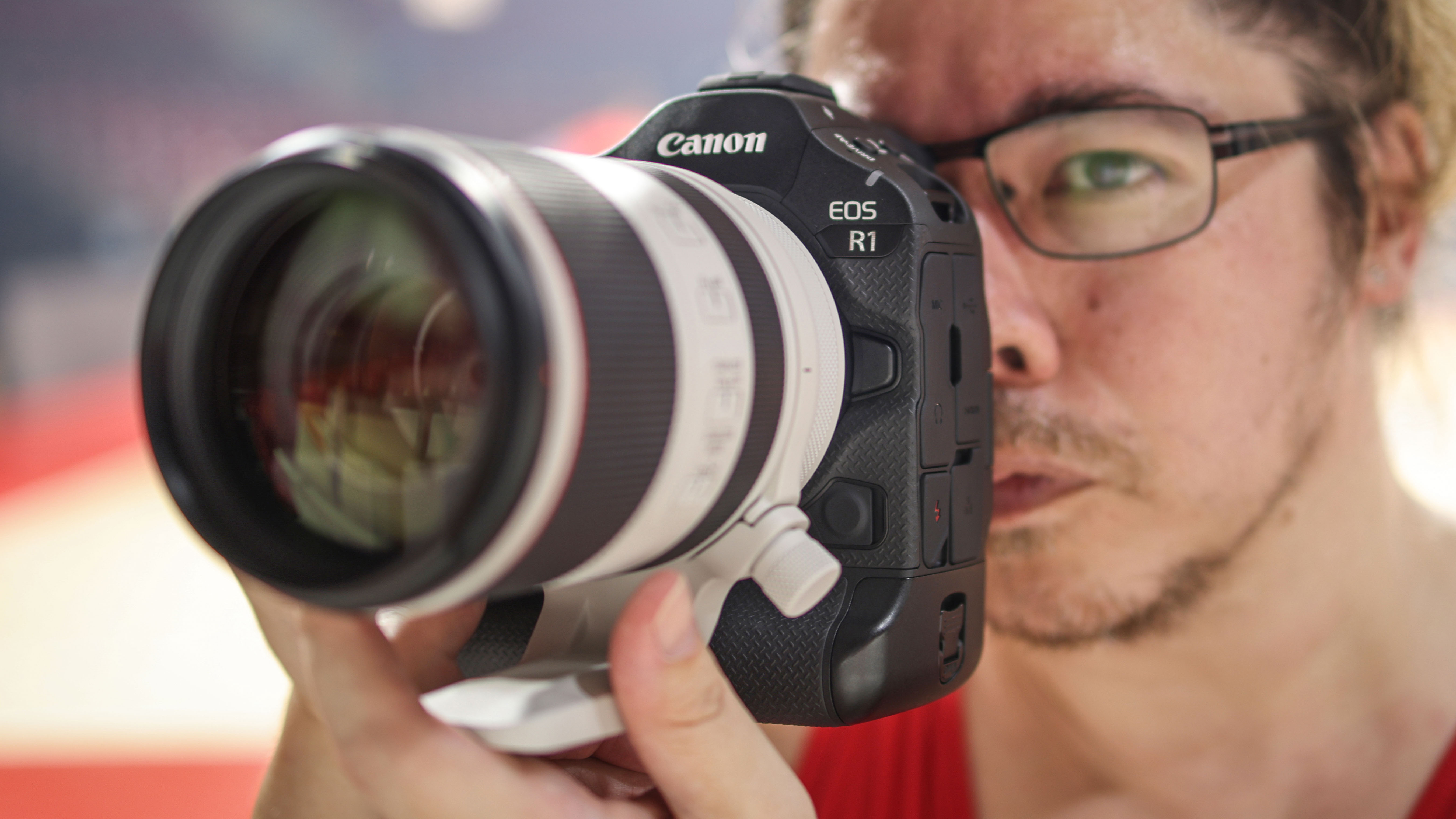
Specifications
Reasons to buy
Reasons to avoid
Canon has mostly stripped GPS away from its mirrorless range, hence the presence of some of its DSLRs on this list. However, you can get GPS on the EOS R mirrorless series – you just have to opt for the top-end professional cameras. And I do mean top-end – the Canon EOS R1 is the most capable and expensive camera in the EOS R range, equipped with cutting-edge features and designed to meet the uncompromising demands of professional sports shooters.
While on paper it lags behind the Z9 in terms of raw resolution, the EOS R1 has a trick up its sleeve in the form of Neural network Image Processing features. Deep learning and algorithmic AI power features like In-Camera Upscaling, which lets you turn a 24MP image into a 96MP one. Or there's High ISO Noise Reduction, which effectively gives you back two stops of clarity when shooting at high ISO settings.
In our full review, James was simply bowled over by the EOS R1's comprehensive improvements across the board compared to the previous-generation Canon EOS R3 (which also features GPS). Dual Pixel Intelligent AF can make intelligent autofocus computations at shooting speeds of 60fps, while Action Priority mode can intelligently recognize and track the movements of sports players when a ball is in the frame.
Among the many connectivity options in the EOS R1 is GPS – favoured by news photographers to have an exact record of where their images were taken. As you might imagine, all of this functionality does not come cheap – the EOS R1 is a professional camera designed for people who need the best of the best.
Read our full Canon EOS R1 review
How to choose the best cameras with GPS
GPS, when you get down to it, is a fairly simple feature – generally, cameras either have it or they don't. That means, rather than thinking about the specifics of the GPS itself, the best thing to do is to think about what type of camera it is you want. Do you want to be able to change lenses, or will a fixed prime or zoom lens suffice? Think about whether you need waterproofing – this is a common requirement for those looking for GPS-enabled cameras, as they tend to be looking to log their holidays or other travels. If that's you, a tough compact or an action camera will fit the bill.
However, if you're looking for GPS from more of a professional perspective – perhaps you're a journalist or documentarian who needs a precise log of where each image was taken – then you're best off with one of the more sophisticated interchangeable-lens cameras on this list.
How we test cameras with GPS
At DCW, we put every camera that comes through our doors through the same battery of testing and analysis. Our team of expert photographers, videographers and writers use a series of scientific lab tests to measure how a camera performs. For mirrorless and DSLR cameras, we focus on resolution, dynamic range and noise performance. For things like action cameras, such as the GoPro Hero11 featured in this guide, it's more practical (and more relevant to the userbase) to focus more heavily on real-world performance.
This means doing something all our reviewers love getting to do – taking a camera out into the world and testing how it feels to use. This includes looking at features like GPS – if a camera advertises itself as having GPS, how well does it work? Is the signal consistently reliable? Is the option easy to find, and does the data embed itself reliably in images/videos?
If you're interested, you can learn more about how we test at Digital Camera World.
FAQs
What is GPS?
GPS, which stands for Global Positioning System, is a means of determining the location of a specific point on Earth, within a reasonable degree of accuracy. It works via a system of more than 30 satellites owned and operated by the United States government – though you don't need to be affiliated with said government in order to use it. You just need a GPS receiver.
If a GPS receiver is within line of sight of at least four of those satellites, the system is able to accurately determine its geolocation. Some receivers are more accurate than others – the ones in commercially available smartphones are quite a bit less sophisticated than those used by the US military.
Do you need the internet for GPS to work?
No. GPS works completely independently and does not require an internet connection in order to function.
Read more:
Best professional cameras
Best travel cameras
Best action cameras
Best waterproof cameras
The best camera deals, reviews, product advice, and unmissable photography news, direct to your inbox!

James has 25 years experience as a journalist, serving as the head of Digital Camera World for 7 of them. He started working in the photography industry in 2014, product testing and shooting ad campaigns for Olympus, as well as clients like Aston Martin Racing, Elinchrom and L'Oréal. An Olympus / OM System, Canon and Hasselblad shooter, he has a wealth of knowledge on cameras of all makes – and he loves instant cameras, too.
